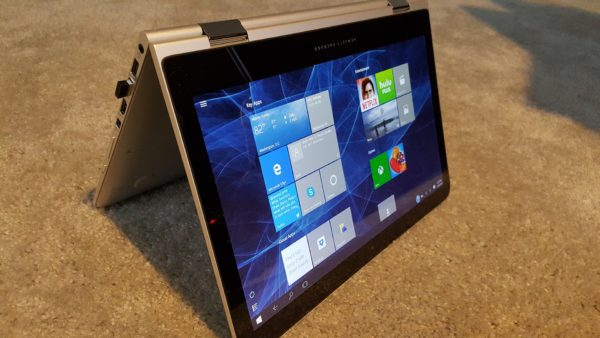If you’ve recently made the jump from Windows 7 to Windows 10, or even from Windows 8, you might be surprised to see just how much has changed in your new Operating System. With such a user interface design change, you may be lost trying to find things such as “My Computer”. Here are some of the changes, and a few tips, to help you adjust to Windows 10!
Account
When you start your setup of Windows 10, you will be prompted whether you want to log into your Windows system with a Microsoft account or a traditional local account. If you log in with a Microsoft account, some desktop settings will sync between other Windows 10 PC’s you own. You’ll also be automatically logged into Microsoft services like OneDrive, which is now integrated into Windows. If you don’t want to use a Microsoft account, there’s a small link on the bottom right of that setup screen that allows you to set up a traditional, local Windows account. You can convert it to a Microsoft account later if you would like the sync options available to you
Start Menu
The Start menu looks vastly different from Windows 7. The live tiles you may have seen on Windows 8’s Start screen are here, however you can remove all the live tiles if you don’t like the look or feel. Just right-click them and select ‘Unpin from Start’.
Despite the different interface, it has all the features you’ll need, plus a few additional ones: A list of all your installed applications, power options for shutting down or restarting your PC, the Settings App, and more! You can also resize the start menu by moving your cursor to any edge until you get the ‘resizing’ cursor icon.
Settings vs Control Panel
The Settings option in the Start menu takes you to the new Settings app. This is designed to be a more user-friendly way to configure your computer, however, it still doesn’t contain every setting that you might be looking for. The older style Windows Control Panel is still easily accessible. Some older settings may only be available in the Control Panel, while some newer settings may only be available in the Settings app. To quickly access the Control Panel and other advanced options, you can right-click the Start button or press Windows Key + X, as well as clicking Start, and typing “control”. This handy shortcut will give you the option of opening the more familiar Control Panel.
Task Manager
The Task Manager was also given a significant upgrade to make it easier to see what’s using your system resources. It can also manage startup programs without third-party software or opening “msconfig”.
While these are only a few of the changes you can expect when you transition to Windows 10, it is still very easy to adjust to this upgrade. Along with these that we’ve pointed out, you’ll see a notification center, redesigned network, sound, and power icons (with more options available when you right-click them) and some behind the scenes tweaks to help Windows 10 boot faster, use less disk space, and be better protected against malicious attacks.
We hope this has assisted you in your adjustment to Windows 10, and that you enjoy your new and improved Windows OS! If you have any questions about setting up or configuring Windows 10, feel free to contact the helpful techs at SandStorm IT at 901-475-0275.

